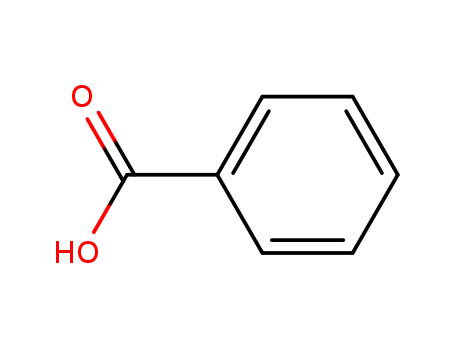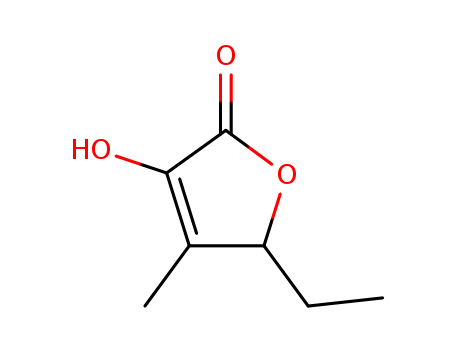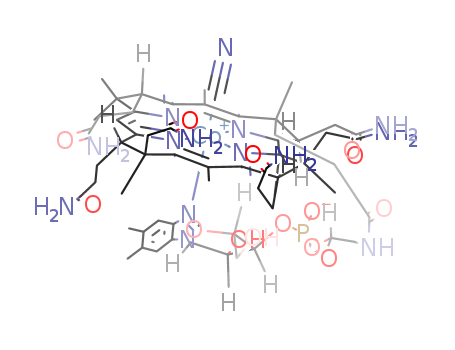| Benzoic acid natural |
| Ref No.: N009 |
| Synonyms: | Benzene methanoic acid | |
| Molecular Formula: C7H6O2 | |
| Molecular Weight: 122.12 |
| CAS No.: | 65-85-0 |
| Einecs No.: | 200-618-2 |
| FDA: | 184.1021 |
| CoE: | 21 |
|
| GENERAL DESCRIPTION |
| Appearance: | White crystals |
| Odor: | Faint balsam urine |
|
| PHYSICOCHEMICAL PROPERTIES |
Assay (GC): ≥99%
Melting point (℃): 122 ~ 123
Boiling point (℃): 249 ~ 250
Flash point (℃): >100 |
|
| STORAGE AND PACKING |
| Standard packing: | In fibre drums, net weight 25 or 50 kilos. | |
| Storage: | At cool place (below 25℃), in unopened packing. | |
1.Good quality based on reasonable price 2.Large annual capacity 3.Eifficient logistics and timely delivery 4.Best service
Benzoic acid natural Benzoic acid naturalRef No. N009 Synonyms Benzene methanoic acidMolecular Formula C7H6O2 Molecular Weight 122.12CAS No.65-85-0Einecs No.200-618-2FDA184.1021CoE21GENERAL DESCRIPTION AppearanceWhite crystals OdorFaint balsam urinePHYSICOCHEMICAL PROPERTIESAssay (GC) ≥99%Melting point (°C) 122 ~ 123Boiling point (°C) 249 ~ 250Flash point (°C) 100STORAGE AND PACKING Standard packingIn fibre drums, net weight 25 or 50 kilos. StorageAt cool place (below 25°C), in unopened packing.What is it?Benzoic acid is a compound found naturally in many foods such as apples, apricots, snap beans, and cranberries. It is readily available in synthetic forms, but Tom’s of Maine has diligently selected one sourced from nature.What does it do?Benzoic acid is used as a pH adjustor and preservative. It prevents the growth of microbes in our products to keep them safe for our consumers. Benzoic acid functions by changing the internal pH of microorganisms to an acidic state that is incompatible with their growth and survival.What are the alternatives?As mentioned above, benzoic acid is readily available in a synthetic form. At Tom’s of Maine we use natural benzoic acid as it is the best fit with our stewardship model. Other commonly used synthetic preservatives include sodium benzoate, potassium sorbate, imidazolidinyl urea, DMDM hydantoin, and triclosan, among others. Some of these synthetic materials are considered safe, while others can have real problems. Triclosan, for example, has been connected to a number of health concerns, has very low biodegradability, and has the potential to create hazardous by-products when released into the environment. Imidazolidinyl urea and DMDM hydantoin are “formaldehyde donors”, which act by releasing microbiocidal levels of formaldehyde. Formaldehyde poses health risks and is considered a probable human carcinogen by the U.S. Environmental Protection Agency (EPA).What are the risks?The Food and Drug Administration includes benzoic acid on its list of direct food substances affirmed as GRAS (Generally Recognized As Safe). With high use levels some people may experience irritation reactions, but at Tom’s of Maine we are mindful of this and formulate our products appropriately. Tom’s of Maine recognizes that no two people are alike, and even with pure and natural ingredients, some individuals may develop an allergic reaction that is unique to them. As with any product, be sure to discontinue use if you experience discomfort or other indications that the product may not be appropriate for your individual body chemistry






